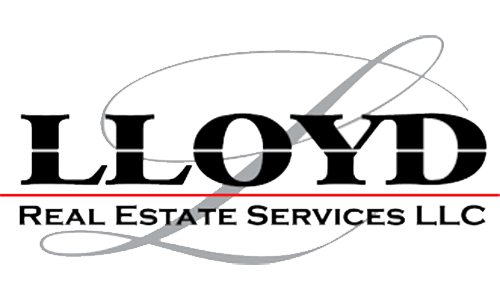Choosing the right homeowners insurance policy can feel overwhelming, especially when navigating the intricacies of coverage options. Two crucial terms often leave homeowners confused: Actual Cash Value (ACV) and Replacement Cost.
Understanding the differences between these two approaches to property valuation is vital for making an informed decision that protects your financial investment.Homeowners insurance covers losses and damages to your property, but the amount you receive depends on the type of coverage you choose.
Both ACV and Replacement Cost determine how much your insurance company will pay for repairs or replacements after a covered event like a fire, storm, or theft.
The key difference lies in how they calculate the value of your damaged belongings.Actual Cash Value (ACV):ACV considers the current market value of your possessions, factoring in depreciation. This means the payout reflects the item’s worth minus its accumulated depreciation since its purchase. For example, if your five-year-old washing machine is worth $500 today due to depreciation, that’s the amount you’d receive under ACV coverage, even if a brand-new, identical model costs $800.
The advantage of ACV is that it typically results in lower premiums. However, it leaves you with a significant financial gap if you need to replace a damaged item with a new one.
Replacement Cost
Replacement Cost coverage, on the other hand, pays the cost of replacing your damaged or lost belongings with new, similar items, without considering depreciation. Using the washing machine example, you would receive $800 (the cost of a new machine) rather than $500.
This ensures you can restore your property to its pre-loss condition, without having to absorb the cost of depreciation. While offering superior protection, Replacement Cost coverage usually comes with higher premiums.
Which is Better?
The “better” option depends entirely on your individual circumstances and risk tolerance. Consider these factors:
- Your Budget: ACV policies are generally cheaper, making them attractive to budget-conscious homeowners. However, this lower cost comes at the expense of potentially inadequate coverage in case of a significant loss.
- The Age of Your Possessions: If you own many older items, the depreciation factor under ACV could significantly reduce your payout. Replacement Cost is a better option if you have many newer, valuable possessions.
- Your Risk Tolerance: Are you comfortable accepting a potentially lower payout in exchange for lower premiums? If not, Replacement Cost offers greater peace of mind, even if it means paying more.
- Your Insurance Deductible: A higher deductible can offset some of the cost difference between ACV and Replacement Cost policies.
Conclusion
Choosing between Actual Cash Value and Replacement Cost coverage is a critical decision in homeowners insurance. While ACV offers lower premiums, it leaves you vulnerable to significant out-of-pocket expenses in the event of a substantial loss.
Replacement Cost provides more comprehensive protection but comes with a higher price tag. Carefully weigh your financial situation, risk tolerance, and the value of your possessions to determine which coverage best suits your needs and protects your investment. Consulting with an insurance professional can help clarify any remaining questions and guide you toward the most appropriate policy.

